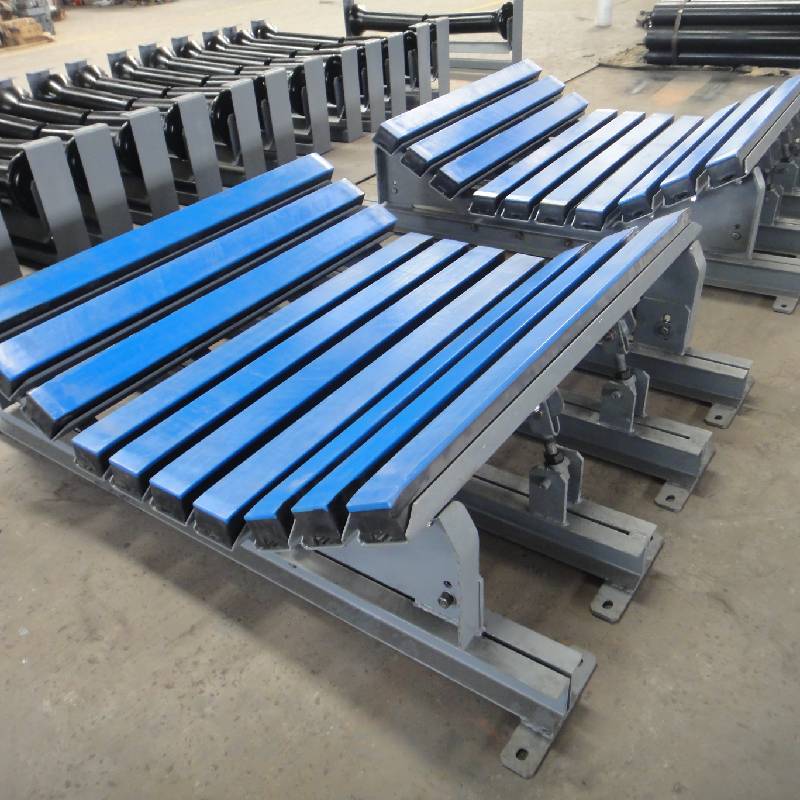 Afrikaans
Afrikaans  Albanian
Albanian  Amharic
Amharic  Arabic
Arabic  Armenian
Armenian  Azerbaijani
Azerbaijani  Basque
Basque  Belarusian
Belarusian  Bengali
Bengali  Bosnian
Bosnian  Bulgarian
Bulgarian  Catalan
Catalan  Cebuano
Cebuano  Corsican
Corsican  Croatian
Croatian  Czech
Czech  Danish
Danish  Dutch
Dutch  English
English  Esperanto
Esperanto  Estonian
Estonian  Finnish
Finnish  French
French  Frisian
Frisian  Galician
Galician  Georgian
Georgian  German
German  Greek
Greek  Gujarati
Gujarati  Haitian Creole
Haitian Creole  hausa
hausa  hawaiian
hawaiian  Hebrew
Hebrew  Hindi
Hindi  Miao
Miao  Hungarian
Hungarian  Icelandic
Icelandic  igbo
igbo  Indonesian
Indonesian  irish
irish  Italian
Italian  Japanese
Japanese  Javanese
Javanese  Kannada
Kannada  kazakh
kazakh  Khmer
Khmer  Rwandese
Rwandese  Korean
Korean  Kurdish
Kurdish  Kyrgyz
Kyrgyz  Lao
Lao  Latin
Latin  Latvian
Latvian  Lithuanian
Lithuanian  Luxembourgish
Luxembourgish  Macedonian
Macedonian  Malgashi
Malgashi  Malay
Malay  Malayalam
Malayalam  Maltese
Maltese  Maori
Maori  Marathi
Marathi  Mongolian
Mongolian  Myanmar
Myanmar  Nepali
Nepali  Norwegian
Norwegian  Norwegian
Norwegian  Occitan
Occitan  Pashto
Pashto  Persian
Persian  Polish
Polish  Portuguese
Portuguese  Punjabi
Punjabi  Romanian
Romanian  Russian
Russian  Samoan
Samoan  Scottish Gaelic
Scottish Gaelic  Serbian
Serbian  Sesotho
Sesotho  Shona
Shona  Sindhi
Sindhi  Sinhala
Sinhala  Slovak
Slovak  Slovenian
Slovenian  Somali
Somali  Spanish
Spanish  Sundanese
Sundanese  Swahili
Swahili  Swedish
Swedish  Tagalog
Tagalog  Tajik
Tajik  Tamil
Tamil  Tatar
Tatar  Telugu
Telugu  Thai
Thai  Turkish
Turkish  Turkmen
Turkmen  Ukrainian
Ukrainian  Urdu
Urdu  Uighur
Uighur  Uzbek
Uzbek  Vietnamese
Vietnamese  Welsh
Welsh  Bantu
Bantu  Yiddish
Yiddish  Yoruba
Yoruba  Zulu
Zulu Understanding the Function and Importance of Conveyor Snub Pulleys in Material Handling Systems
Understanding Conveyor Snub Pulleys
Conveyor systems play a vital role in various industries, including manufacturing, mining, and logistics. One of the key components that contribute to the efficiency of these systems is the conveyor snub pulley. This article aims to explore the function, importance, and operational aspects of conveyor snub pulleys, shedding light on their role in enhancing conveyor performance.
What is a Snub Pulley?
A snub pulley is a type of idler pulley used in conveyor systems. It is usually positioned at a slight angle to the main conveyor belt's alignment. This positioning is crucial because it increases the belt's wrap angle around the drive pulley, enhancing the belt's traction and overall performance. Essentially, a snub pulley assists in redirecting the conveyor belt, enabling smoother transitions and operations throughout the conveyor system.
Key Functions of Snub Pulleys
1. Increasing Belt Wrap Angle One of the primary functions of a snub pulley is to improve the wrap angle of the conveyor belt around the drive pulley. A higher wrap angle increases the friction between the belt and the pulley, which translates into better grip and prevent slip during operation. This is especially important in heavy-load applications where a strong grip is essential to maintain performance.
2. Adjusting Tension The snub pulley also plays a critical role in maintaining the correct tension in the conveyor belt. Proper tension is necessary for smooth operation and to avoid damage to the system. If the belt is too loose, it may sag and lead to inefficiencies or even operational failure. Conversely, excessive tension can cause premature wear on the components. The snub pulley helps facilitate the delicate balance needed for optimal tension.
conveyor snub pulley

3. Providing Change of Direction In many conveyor systems, it is necessary to alter the direction of the belt. Snub pulleys enable this by routing the belt around corners or transitioning between different conveyor segments. This flexibility allows for a more efficient design of conveyor layouts, making it suitable for various industrial applications.
4. Reducing Wear and Tear By effectively controlling the belt's path and tension, snub pulleys help minimize wear and tear on the conveyor components. A well-placed snub pulley can reduce the load on other components such as bearings and drive motors, extending their lifespan and reducing maintenance costs.
Installation and Maintenance
Proper installation and maintenance of snub pulleys are vital for their effective performance. When installing a snub pulley, it is essential to ensure that it is aligned correctly and positioned at the right angle to maximize its effectiveness. Regular inspections are necessary to identify any signs of wear or misalignment. This includes checking for any accumulation of debris or material buildup that can hinder the pulley’s function. Addressing these issues promptly can prevent larger, more costly problems in the future.
Conclusion
Conveyor snub pulleys are critical components of conveyor systems that significantly contribute to operational efficiency. By increasing the belt wrap angle, adjusting tension, providing directional changes, and reducing wear and tear, these pulleys ensure that conveyor systems operate smoothly and effectively. As industries continue to rely heavily on automated conveyor systems for material handling, understanding the integral role of components like snub pulleys becomes increasingly important. Routine maintenance and careful installation can further enhance their performance, thereby optimizing the overall efficiency of conveyor operations. In a world where efficiency and reliability are paramount, investing in quality snub pulleys can lead to significant improvements in productivity and cost savings over time.
-
Revolutionizing Conveyor Reliability with Advanced Rubber Lagging PulleysNewsJul.22,2025
-
Powering Precision and Durability with Expert Manufacturers of Conveyor ComponentsNewsJul.22,2025
-
Optimizing Conveyor Systems with Advanced Conveyor AccessoriesNewsJul.22,2025
-
Maximize Conveyor Efficiency with Quality Conveyor Idler PulleysNewsJul.22,2025
-
Future-Proof Your Conveyor System with High-Performance Polyurethane RollerNewsJul.22,2025
-
Driving Efficiency Forward with Quality Idlers and RollersNewsJul.22,2025





























